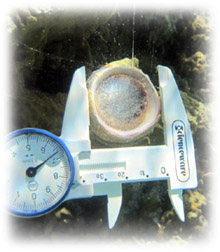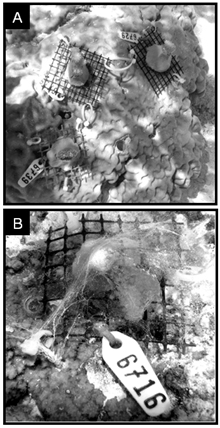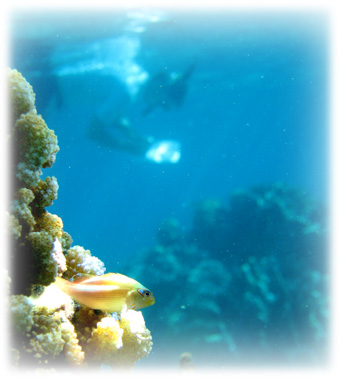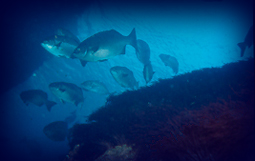
The Shima LabSTUDYING LIFE HISTORIES AND POPULATION DYNAMICS IN THE SEA |
Cryptic ecological interactions that determine reef biodiversityMany species that inhabit complex ecosystems (e.g., coral reefs or temperate rocky reefs) are unstudied, and their effects on the community remain unknown. Would we miss them if they were gone? In some cases, these overlooked species can have surprisingly large effects in an ecological system. We are particularly interested in these species and their interactions. Much of our recent work has focused on the effects of unobtrusive and uncharismatic “worm snails” (=vermetid gastropods). Our work in this system has documented deleterious effects of vermetids on growth, morphology and survival of a range of coral species (Shima et al. 2010, 2013, 2015). This discovery motivated other studies that identified mediators of this effect (e.g., coral guard crabs: Stier et al 2010; live coral: Phillips et al. 2014; extended phenotypes: Brown et al. 2021), and drivers of vermetid population dynamics (e.g., predators: Brown et al 2019; mass mortality events: Brown et al. 2016). In 2015, the vermetid species that motivated much of this work (Ceraesignum maximum, formerly of the genus Dendropoma) went extinct on the island of Mo’orea. Our ongoing work continues to explore the consequences of this extinction, and seeks an explanation for its cause (which remains a mystery). Key Collaborators
For more information, see:
Research publications
Media coverage / popular articlesScience Magazine – Editor’s Choice: link to article Dominion Post - link to article BBC News - link to article
Data setsData sets available through the Biological and Chemical Oceanography Data Management Office (BCO-DMO): link to data sets
|
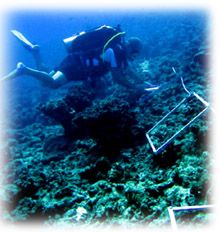
Sampling corals and vermetids on reefs of French Polynesia.
|
|
Measuring a vermetid snail in French Polynesia. |
||
Assessing performance of transplated corals on (A) reefs where vermetids were experimentally removed and (B) reefs with ambient densities of vermetids.
|
||
Hawkfish on experimental (transplanted) coral. |
||
Return to Research index
|
||

